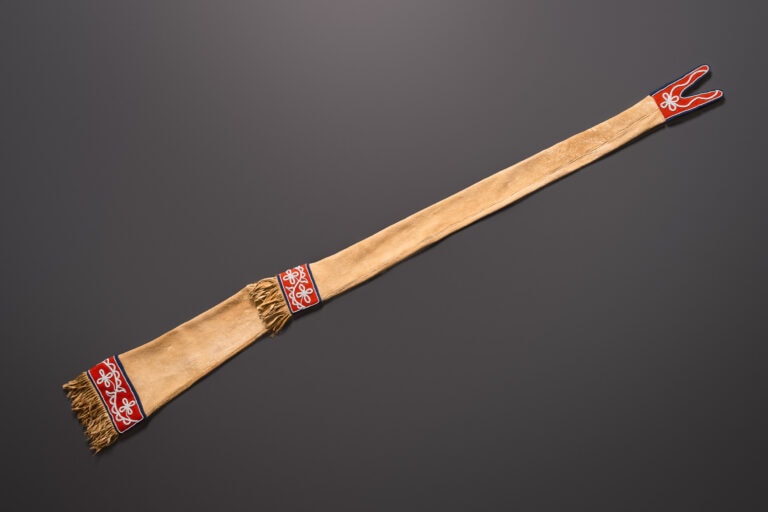
Athabascan style gun case
Since I got a Kibler long rifle, I decided to make a case for it. The rifle suffers a lot on reenacting camps and a

Since I got a Kibler long rifle, I decided to make a case for it. The rifle suffers a lot on reenacting camps and a

Brain tanning is an ancient, traditional and natural method of processing hides and pelts. It was known not only to the Native American peoples of

The quill-wrapped horsehair (QWHH) technique is one of the most exacting and fascinating quillwork techniques ever. It involves using thin bundles of horsehair as a

Porcupine quillwork decoration was widespread in most northern regions of the North American continent in pre-reservation times. Prior to the contact with whites, who introduced glass
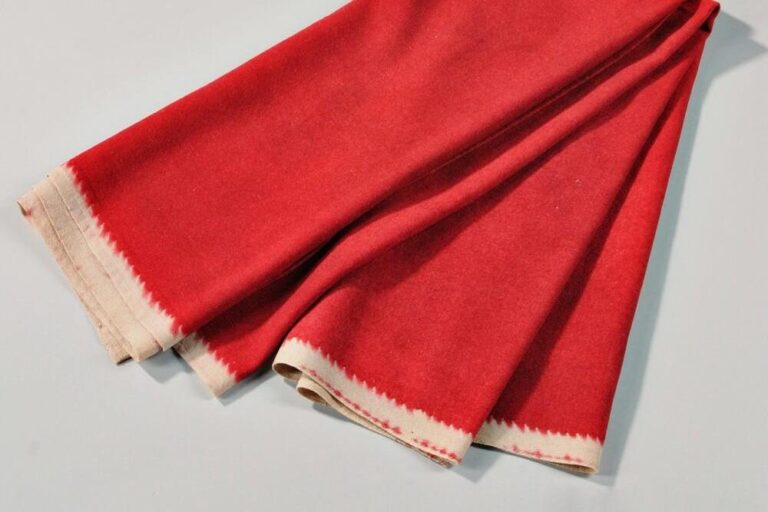
The Plains Indians were very fond of the woollen cloth supplied by the white traders, skilfully making clothing and every other conceivable article from it. The white,
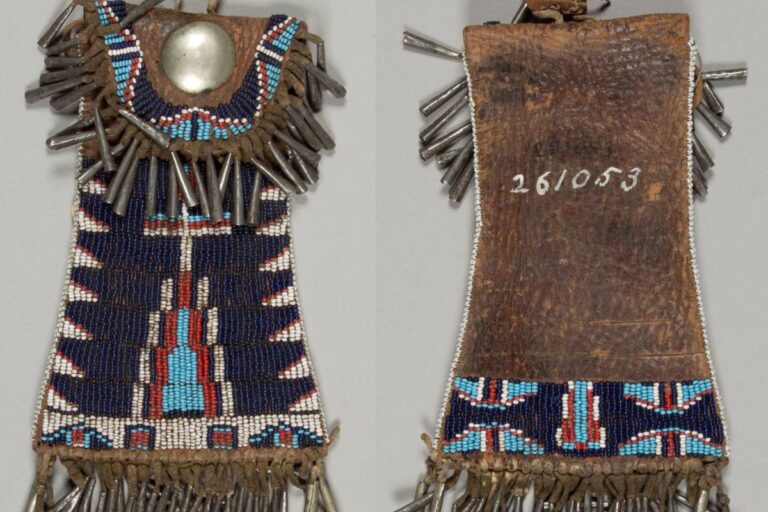
Strike a light bags were quite common among the Plains Indians in the 19th century. They had both a practical and aesthetic function. The fire strikers were
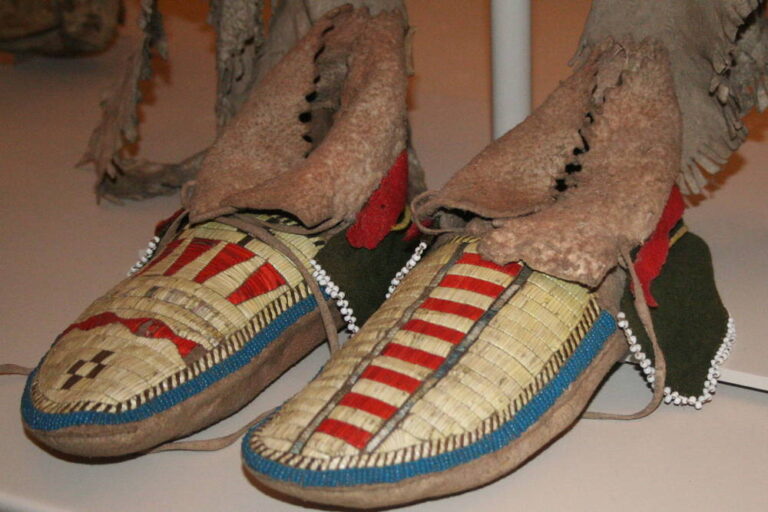
Side seam moccasins are the oldest known type of moccasins from the Great plains. During the first half of the 19th century, they were the

What are (plains and woodland) indian reproductions? Period Indian items are called originals or artefacts, whereas products that respect the characteristics, i.e. style, proportions, materials
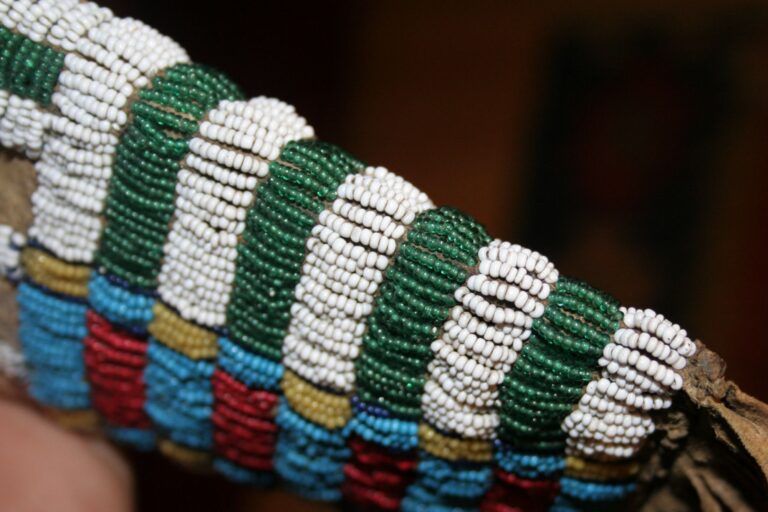
Beads manufactured nowadays differ from those made one or two hundred years ago, particulary in colour shades and shape. Old beads were all of European

War shirts are some of the most beautiful artifacts plains indians produced. They were not just interesting and attractive pieces of outerwear, but rather a
